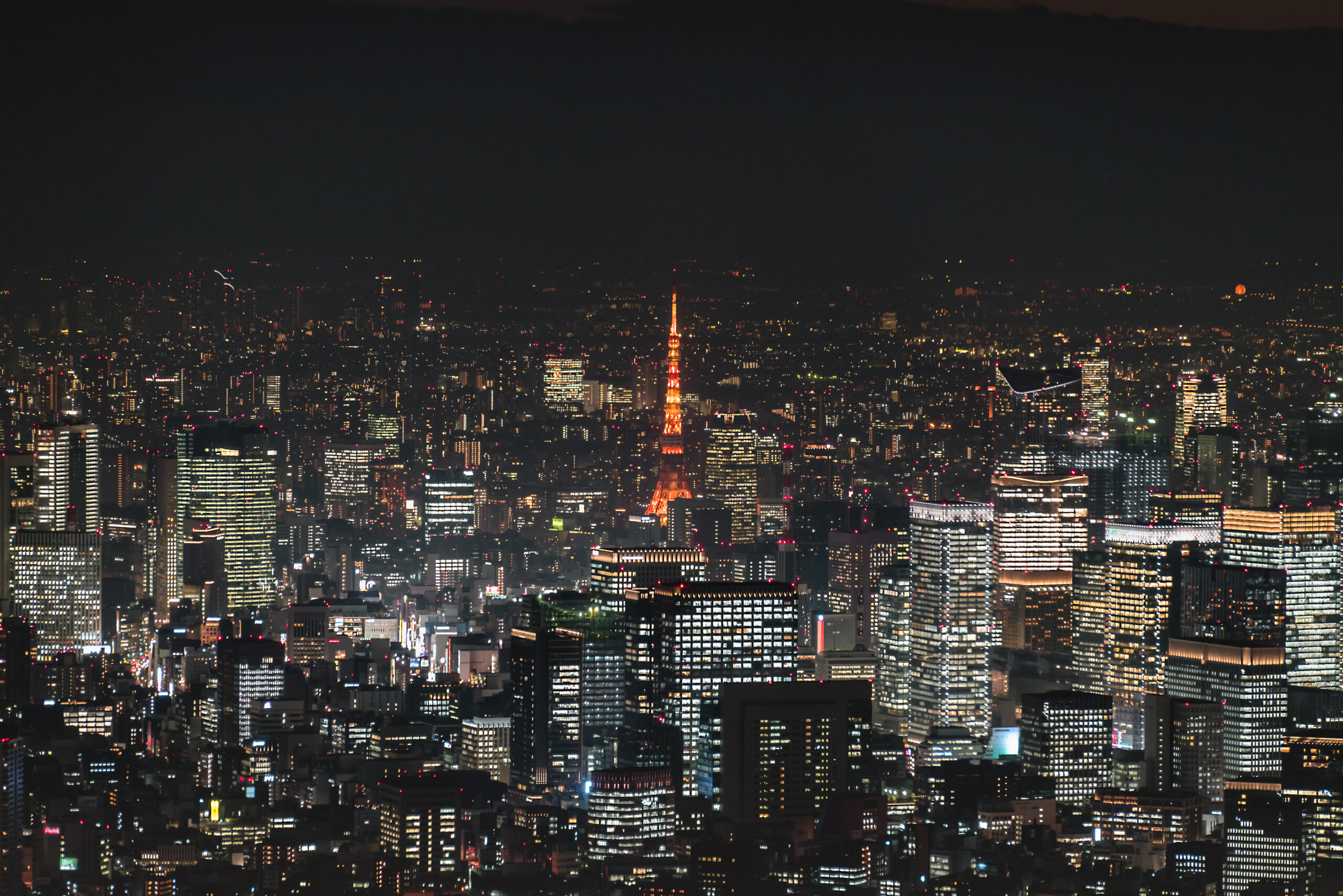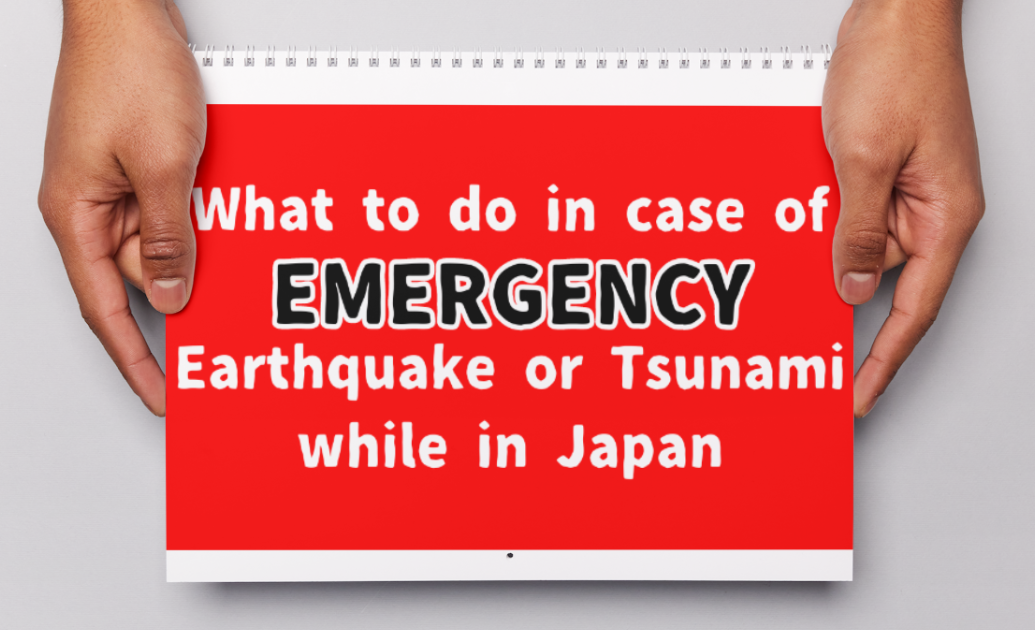Japan is a disaster-prone country. There is always the worry of earthquakes and volcanic border fires.
If there is a big earthquake, a tsunami may come. In summer, we need to be prepared for huge typhoons, and in winter, we need to think about heavy snowfalls in some places.
I also get anxious when I think about what would happen if a disaster struck in a foreign country where the language is not understood and the culture is completely different from ours. The greater the scale of the disaster, the greater the degree of confusion among people. Japanese people are certainly accustomed to disasters. But that does not mean that confusion does not occur. In such a situation, we should know how to act to protect our own lives. I have compiled the following information for emergencies.
Where to get information?
Disaster Information
Information on foreign embassies and consulates in Japan
Information on Railways
It depends on each railway company whether the trains are working or not, so you need to search and confirm the railway company you will be using.
East Japan Railway Company
Disaster Emergency Message Dial
When a major disaster strikes, it is difficult to connect to telephone and Internet services. In such cases, the Disaster Emergency Message Dial allows you to leave messages.
About Evacuation Shelters
In the event of a major earthquake, head first to a temporary evacuation site. Parks and schools near your location are designated as evacuation sites.
https://www.toshiseibi.metro.tokyo.lg.jp/bosai/hinan/pdf/pamphlet_en_09.pdf
Earthquake Early Warning
The Japan Meteorological Agency (JMA) provides residents in Japan with Earthquake Early Warnings. This is a new system that issues prompt alerts just as an earthquake starts, providing valuable seconds for people to protect themselves before strong tremors arrive.
On 1 October 2007, JMA launched the Earthquake Early Warning service for provision through a number of media outlets such as TV and radio.
How to protect yourself during an earthquake
When you feel the tremors from an earthquake or receive an earthquake early warning
When you are indoors:
Protect yourself by taking cover under a sturdy table or similar object.
Get away from any furniture or glass panes that could easily topple over.
Do not rush outside.
When you are outdoors:
Use a bag or hand luggage to protect your head.
Get away from structures like concrete-block walls, and watch out for falling objects such as bricks, glass, or signboards.
What if a Tsunami hits?
- Obtain a Tsunami hazard map or check the Tsunami signs.
- Check the actual evacuation route based on the Tsunami hazard map.
- Obtain accurate information on Tsunami warnings and advisories from J-alert, disaster preparedness radio, disaster preparedness e-mail, local radio stations, TV, and lifesavers’ call.
Disaster Prevention Measures in Japan
Evacuation Drills
Each school conducts evacuation drills several times a year. These drills are designed to simulate earthquakes, fires, and tsunamis, and aim to ensure that students will behave in the same manner as in the drills in the event of an emergency. In earthquake-prone Japan, it is necessary to be aware of disasters from childhood in order to save lives.
Earthquake Resistance of Buildings

Buildings in Japan are designed to withstand earthquakes. Seismic resistance means that buildings are designed so that they will not collapse in the event of an earthquake. The government has raised the standards for earthquake resistance every time a major earthquake occurs.
There is also the concept of vibration control, which uses the structure of the building to reduce seismic shaking, and seismic isolation, which is constructed so that the shaking of the ground is not transmitted to the building.
None of these methods is perfect, and there is a need to prepare not only for earthquakes, but also for typhoons and snow. In Japan, where natural disasters are common, buildings need to be prepared for all kinds of disasters.

